Marsha had a great Mother's Day. The girls called and talked for quite a while. That is all she wanted to make the day complete.
Monday, May 9 – We visited the National Ranching Heritage Center today, on the campus of Texas Tech, where the story of ranching in North America is told through the preservation of 48 authentic structures displayed on the 16-acre site.
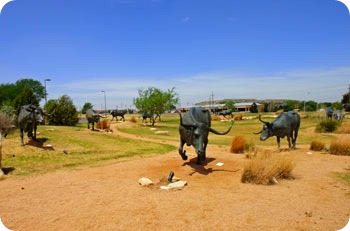
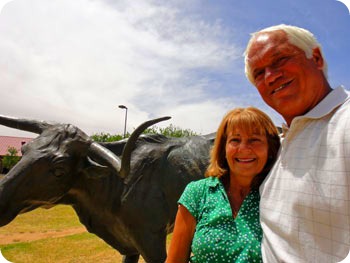
All structures date from the late 1700's through the 1950's and are authentically restored and furnished. The buildings include a bunkhouse, barns, dugout cabins, a ranch headquarters, windmills, a blacksmith's shop, and much more.
El Capote Cabin, 1838. This cabin is constructed of winged elm logs chinked with mud. The roofing is hand-split pecan shakes; the floor is compacted earth.

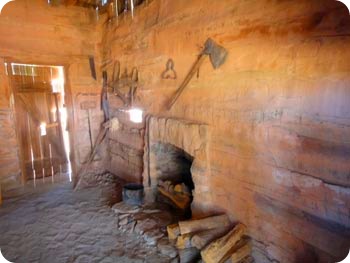
Hedwig's Hill Dogtrot house, 1855-56. These are two log cabins under a common roof separated by a breezeway called a dogtrot. This style of architecture is characteristic of frontier houses throughout the Southern states. The low porch keep the home cool.
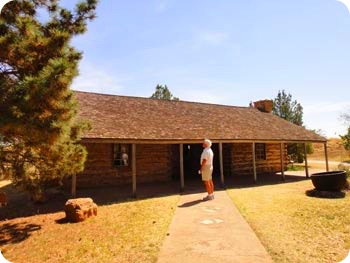
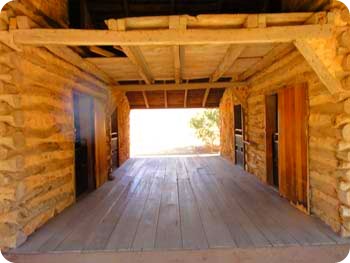
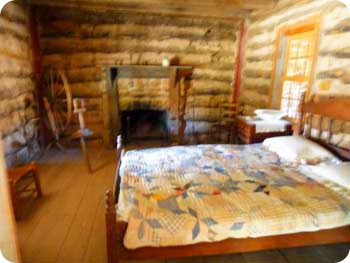
Matador Half-Dugout, 1888. Most first homes of ranchers and settlers on the plains were half-dugouts. They were cut into embankments with the door facing southeast to catch cool breezes in summer.
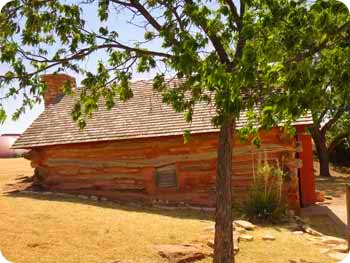
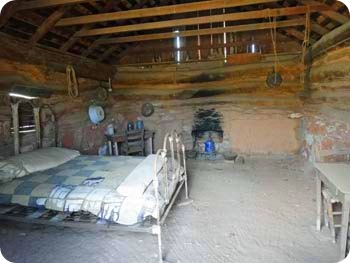
Long S Whiteface Camp, 1901, 1905. This type of house is named after the white-faced Hereford cattle. The two-story dugout began as a water well. The box and strip upper story was added in 1905.
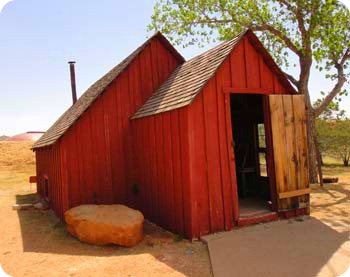
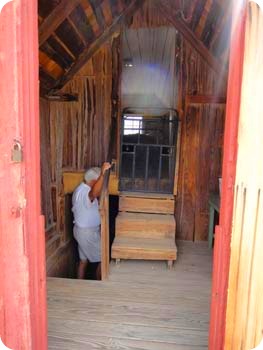
Blankenship Cowchip, 1907. Now here is something you don't see everyday. This structure stored dried cow manure called cowchips. It was the job of the children to collect the material and store it so it stayed dry. The material was burned for heat and cooking.

JA Milk and Meat House, 1880. The front was for meat storage.
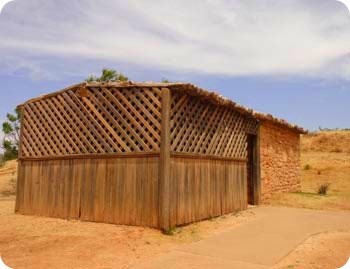
In the stone-walled milk room, water trough kept the perishables from spoiling.
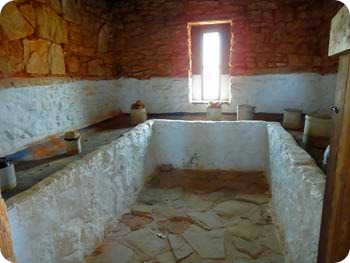
Barton House, 1909. The House was built as a Queen Anne-style home. This house had five rooms and a bath on each floor. Amenities such as running water, sliding doors and wallpaper were added for the first time.
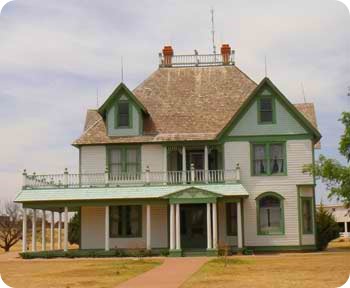
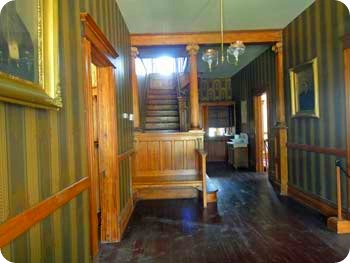
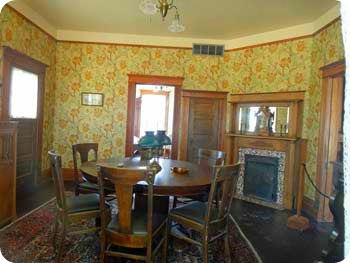
U Lazy S Carriage House, 1906. Only the most prosperous families had a carriage house.

Low, rectangular cuts in the wood allowed for cats to come and go. They controlled the rodent population.
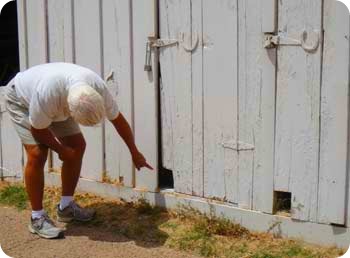
Baldwin Locomotive, 1923.
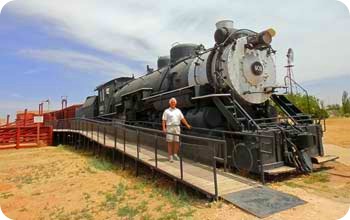
Irons of Fire. There were hundreds of branding irons on display.
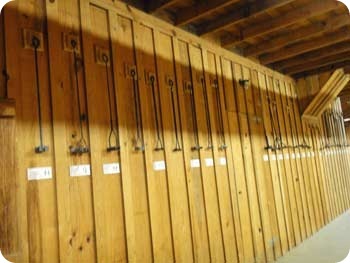
Marsha liked this one the best. It was the year she graduated from high school.
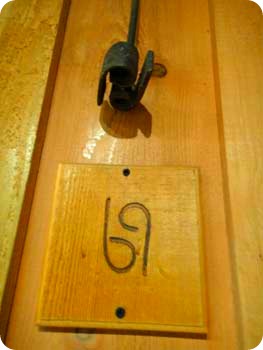
Picktet and Sotol House, 1904. The home was made from yucca-like sotol plant. The roof was thatched with bundles of sacahuista grass. This was Marsha's favorite house. She wouldn't want to live it; she just liked the idea of using the yucca plant for housing.
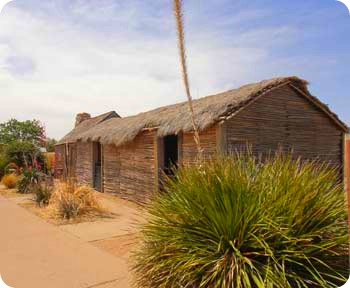
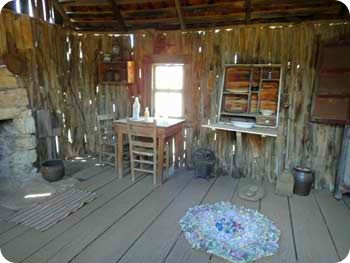
The Center is currently undergoing construction of an addition, that when completed will house exhibits galleries and historical artifacts.
It takes about an hour and a half to stroll down the paths to visit each building and to read the description plaques (both in English and Spanish) that describe each historical building. This FREE tour is another addition to our “must see” of things to do in NW Texas.
Thanks for stopping by. Hope to see ya'll back real soon. Have a great day!